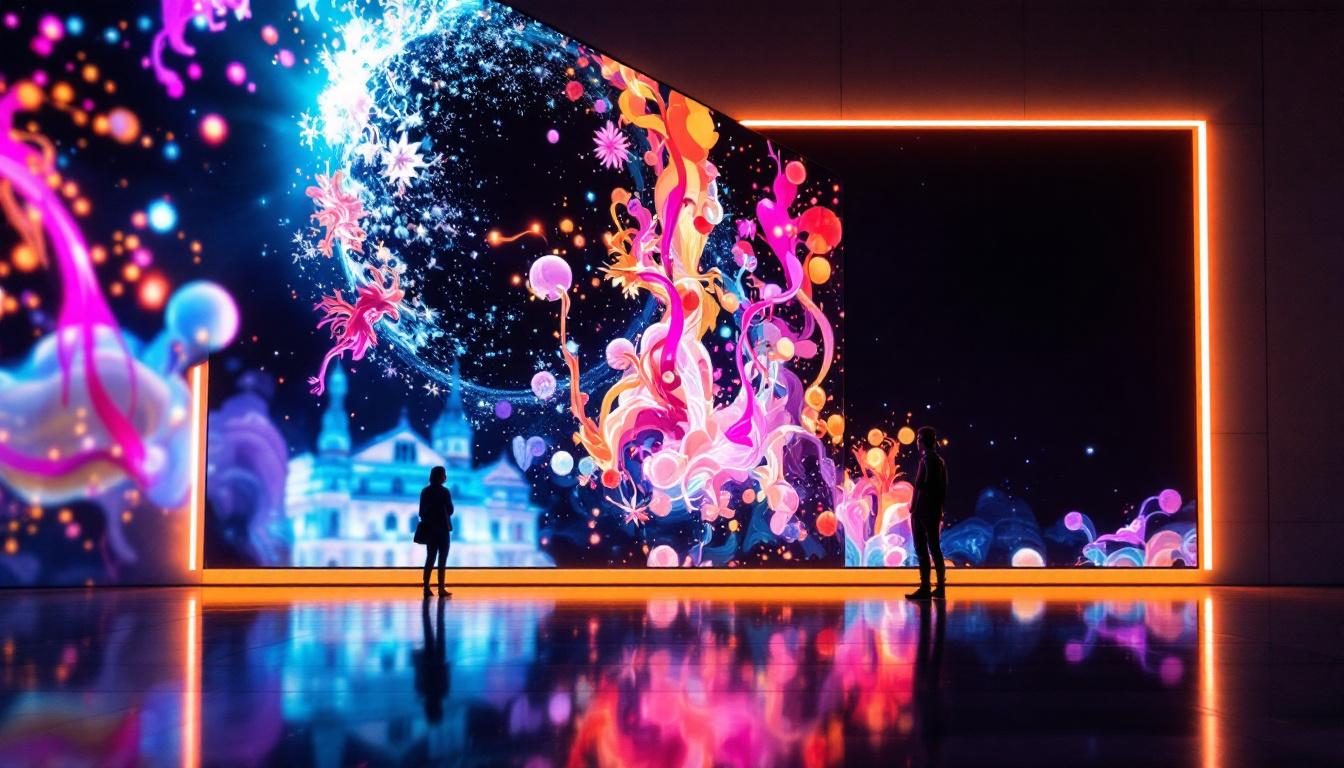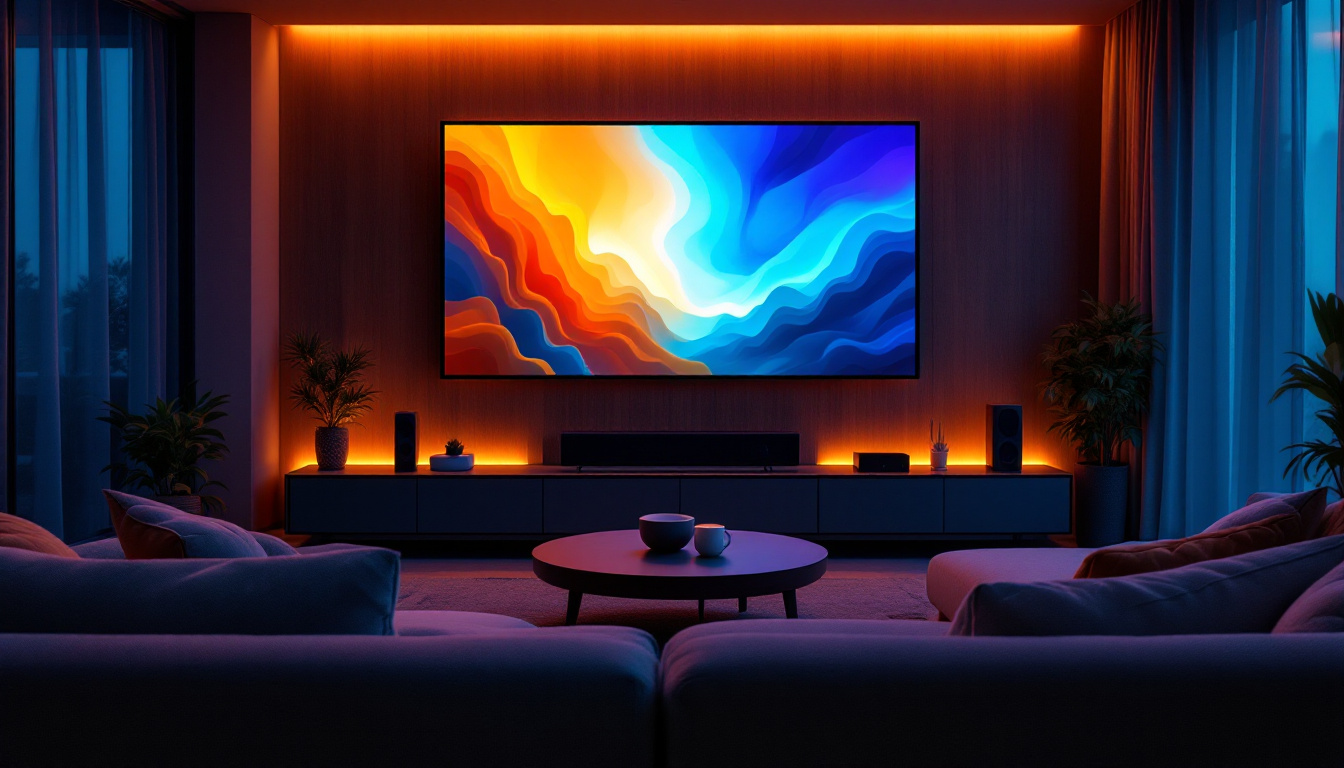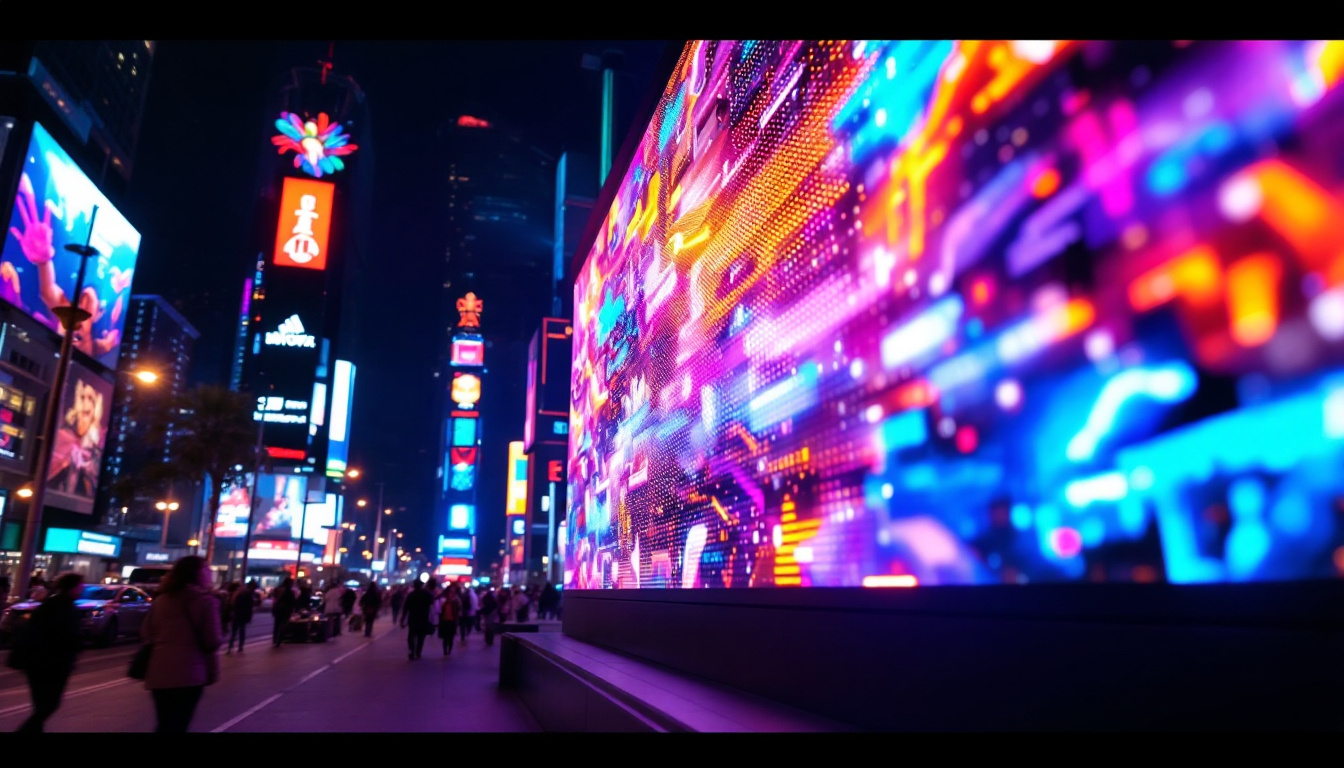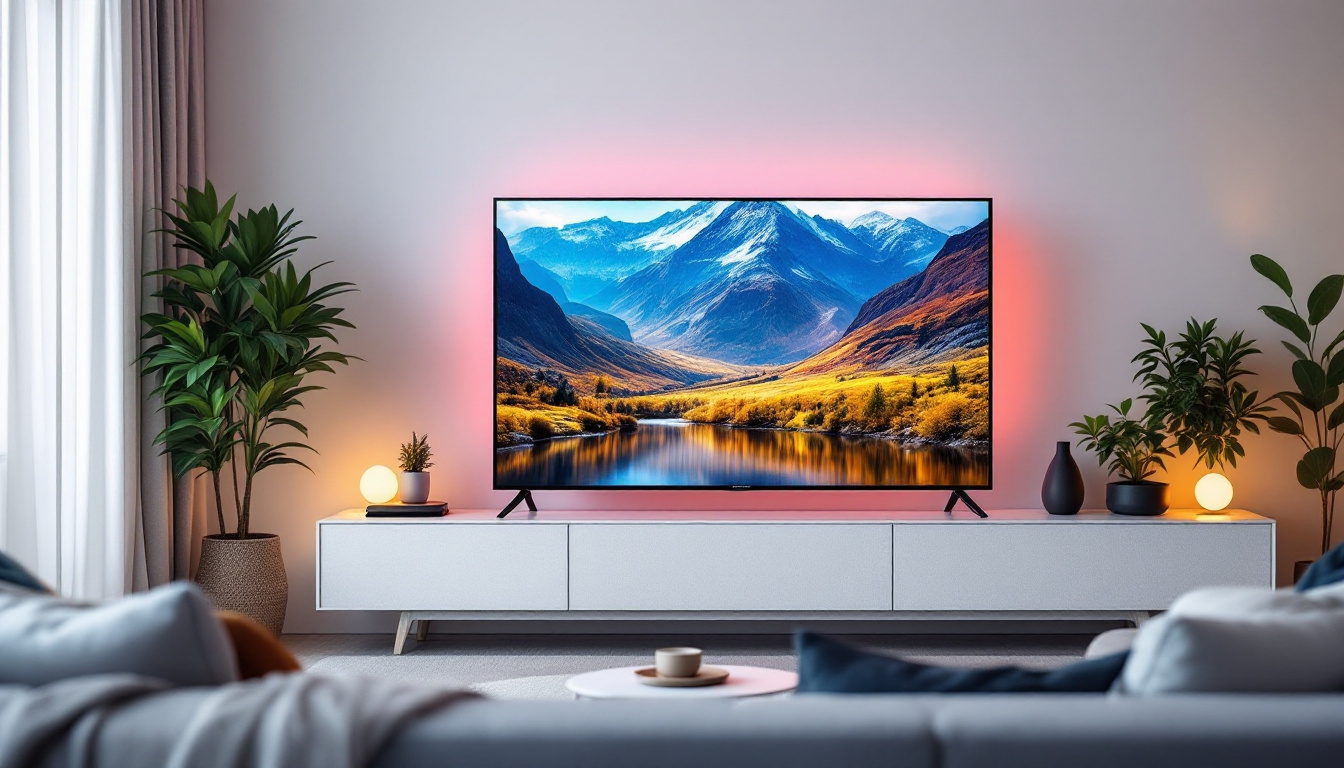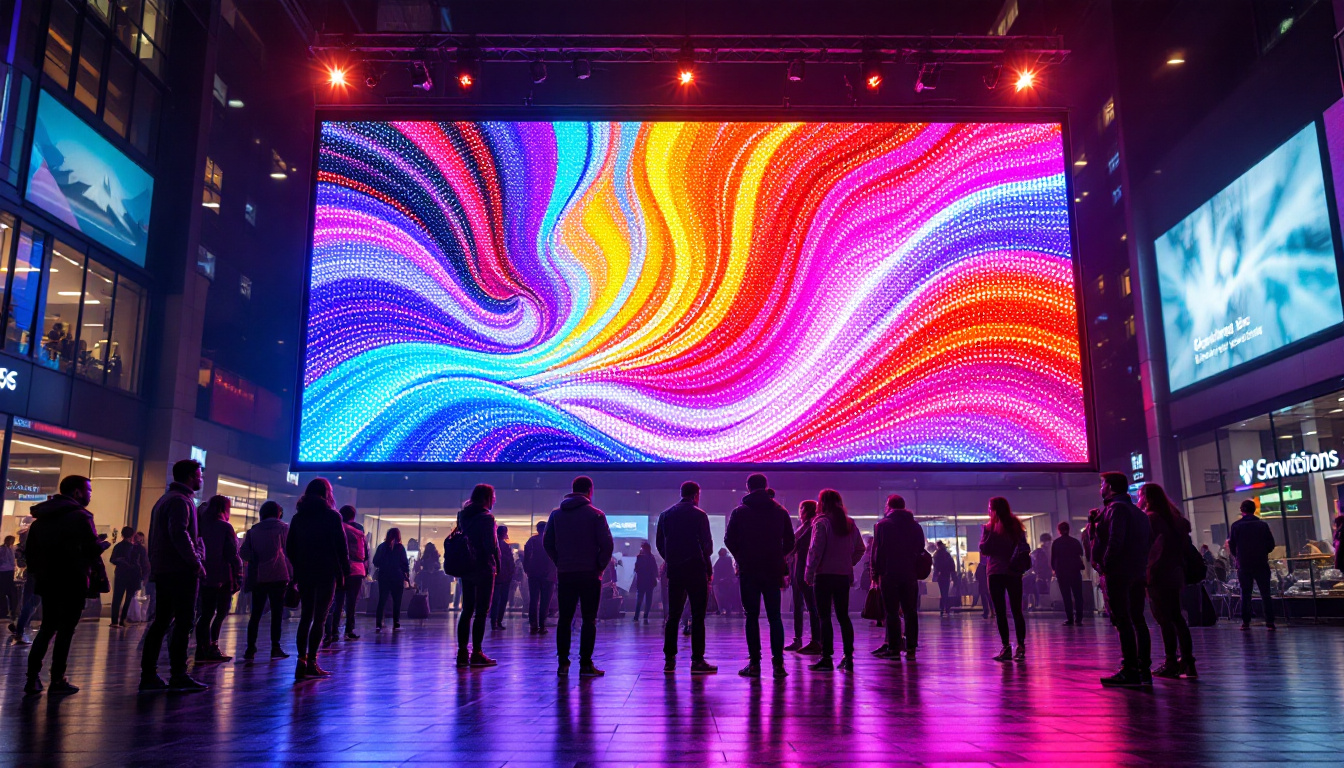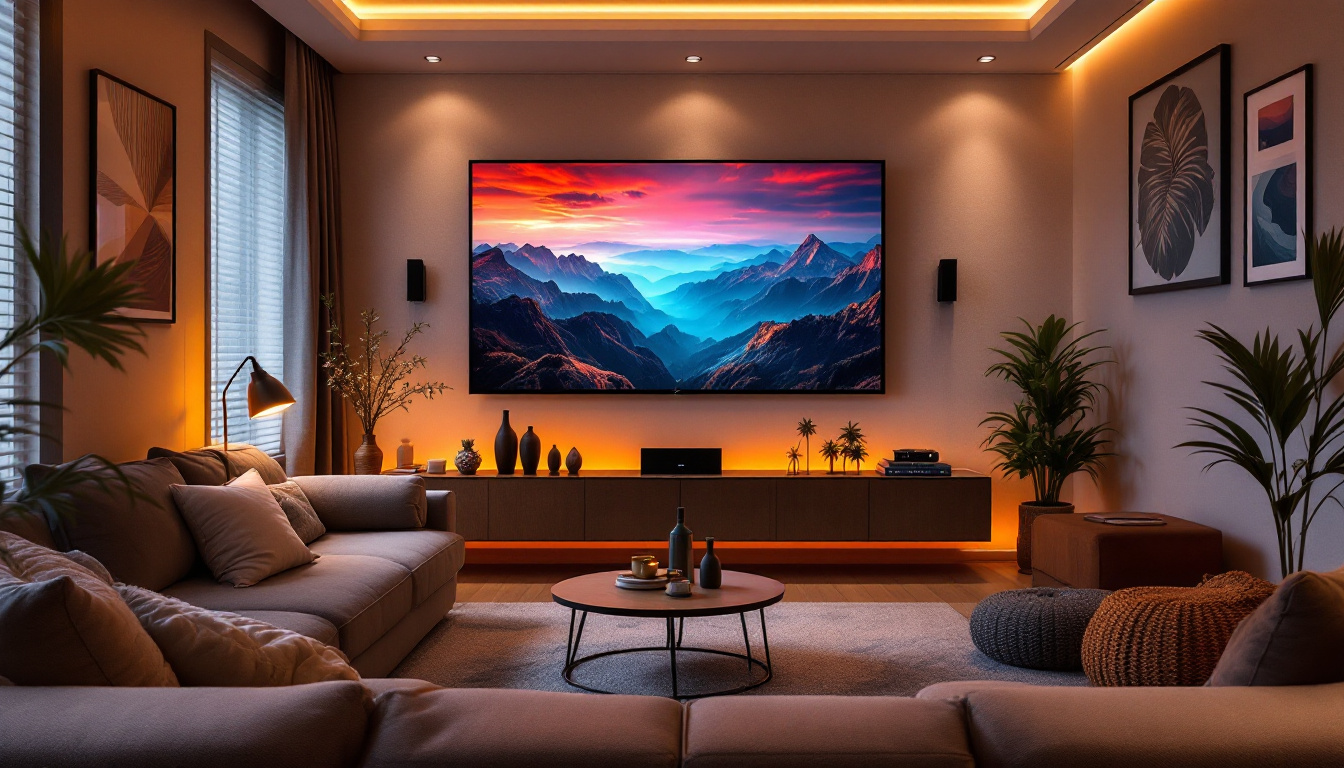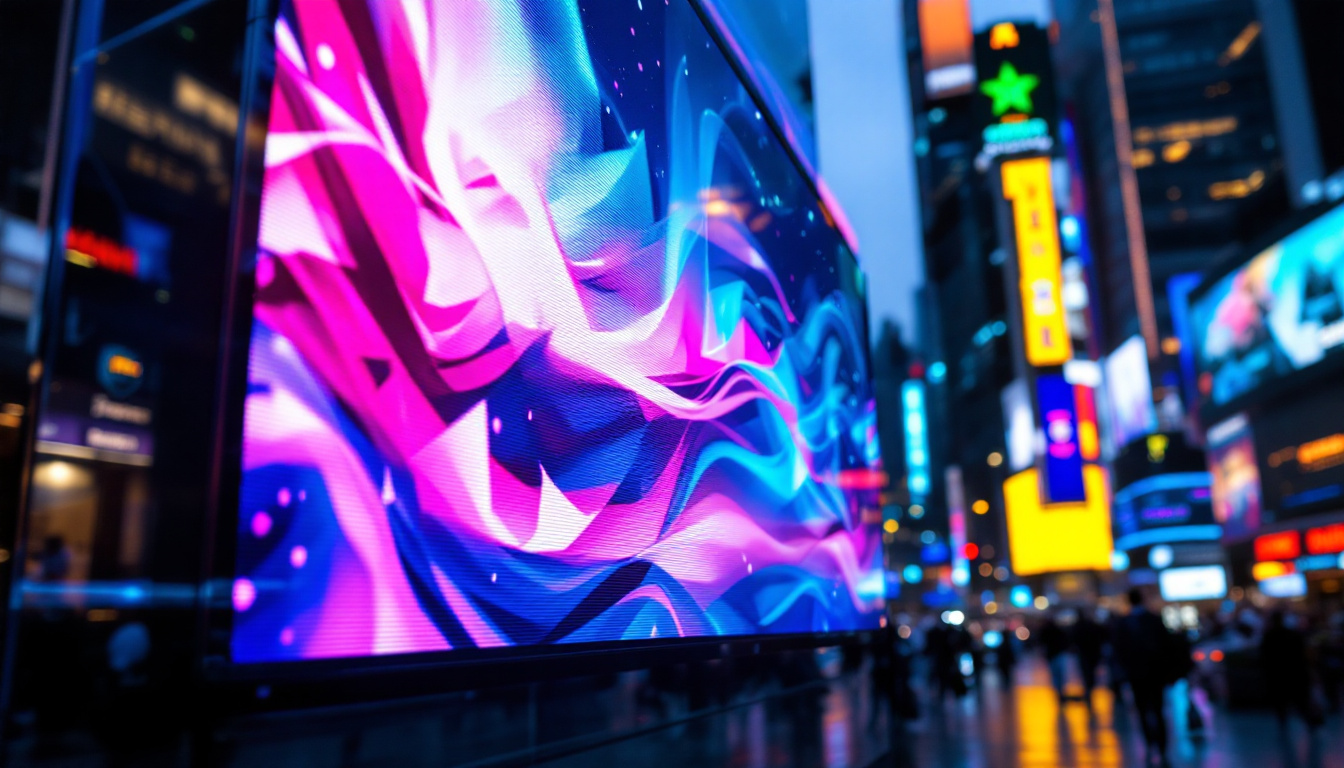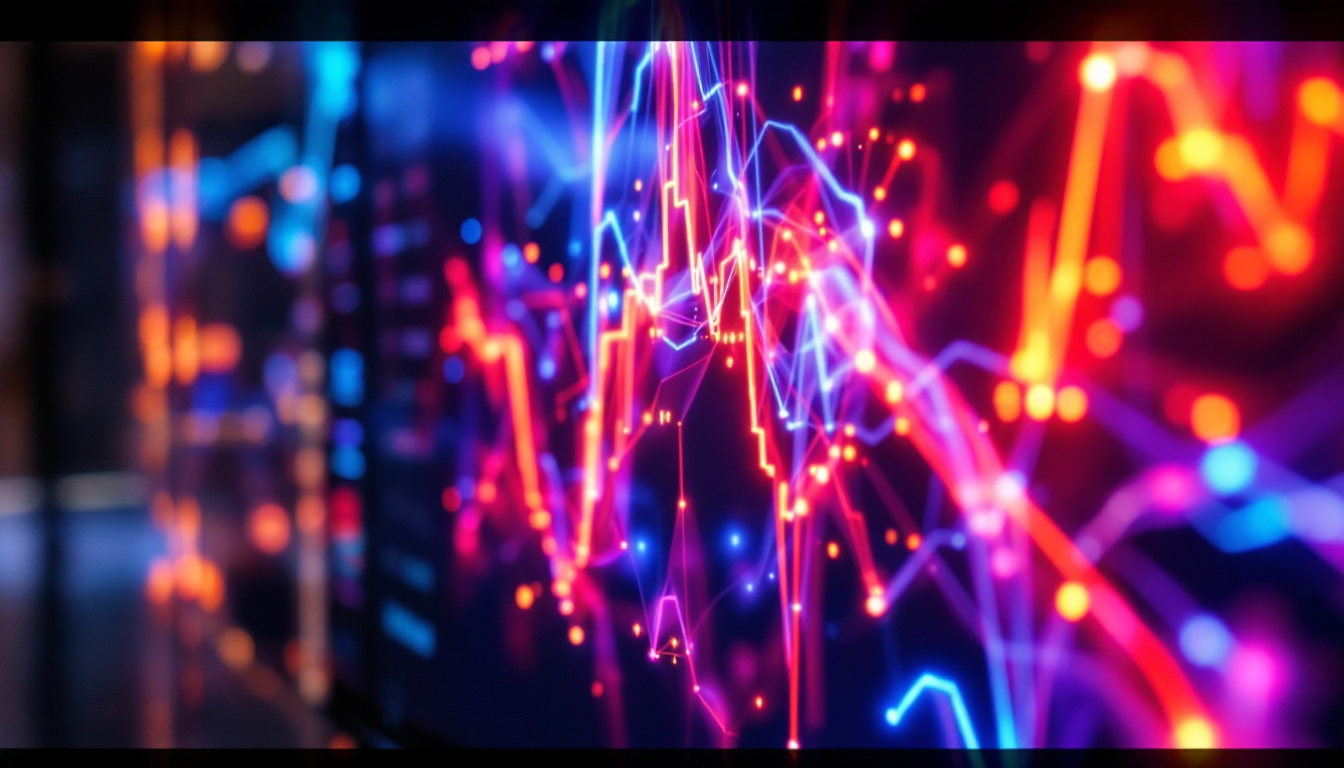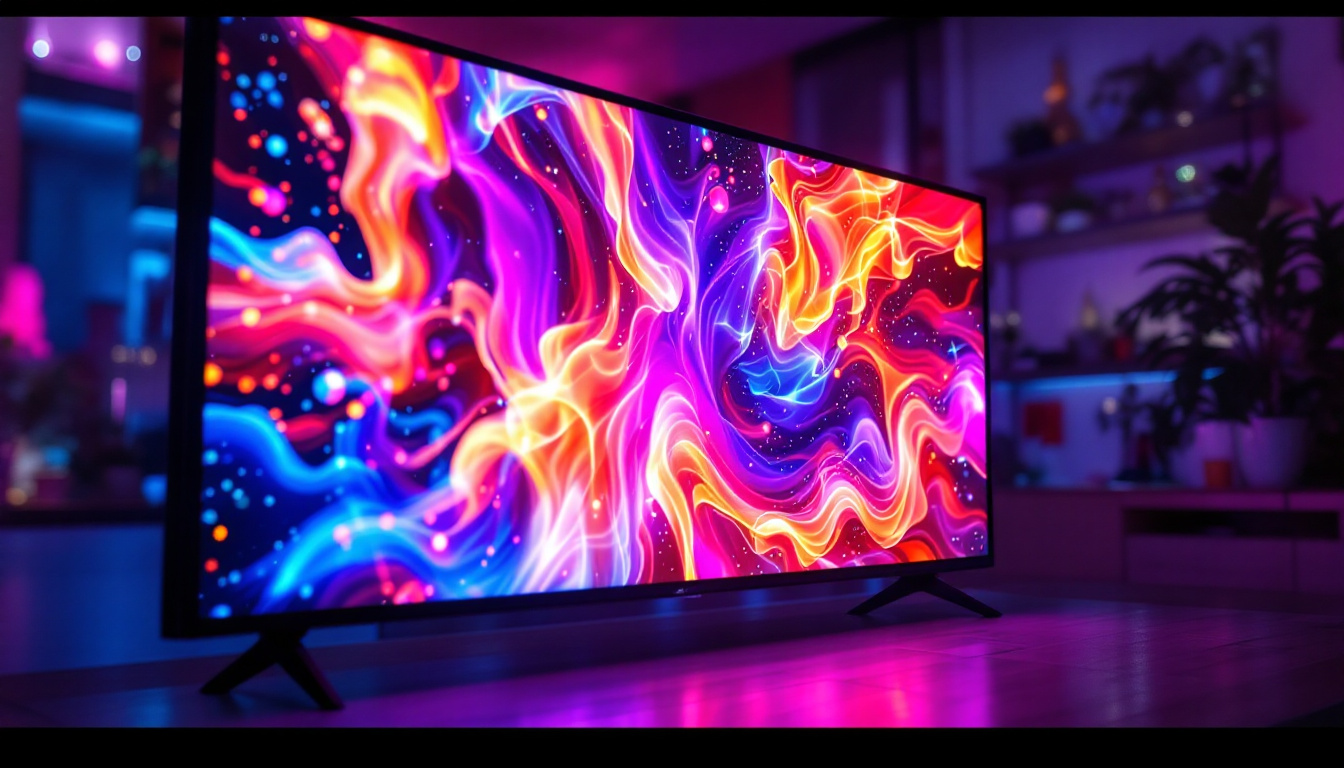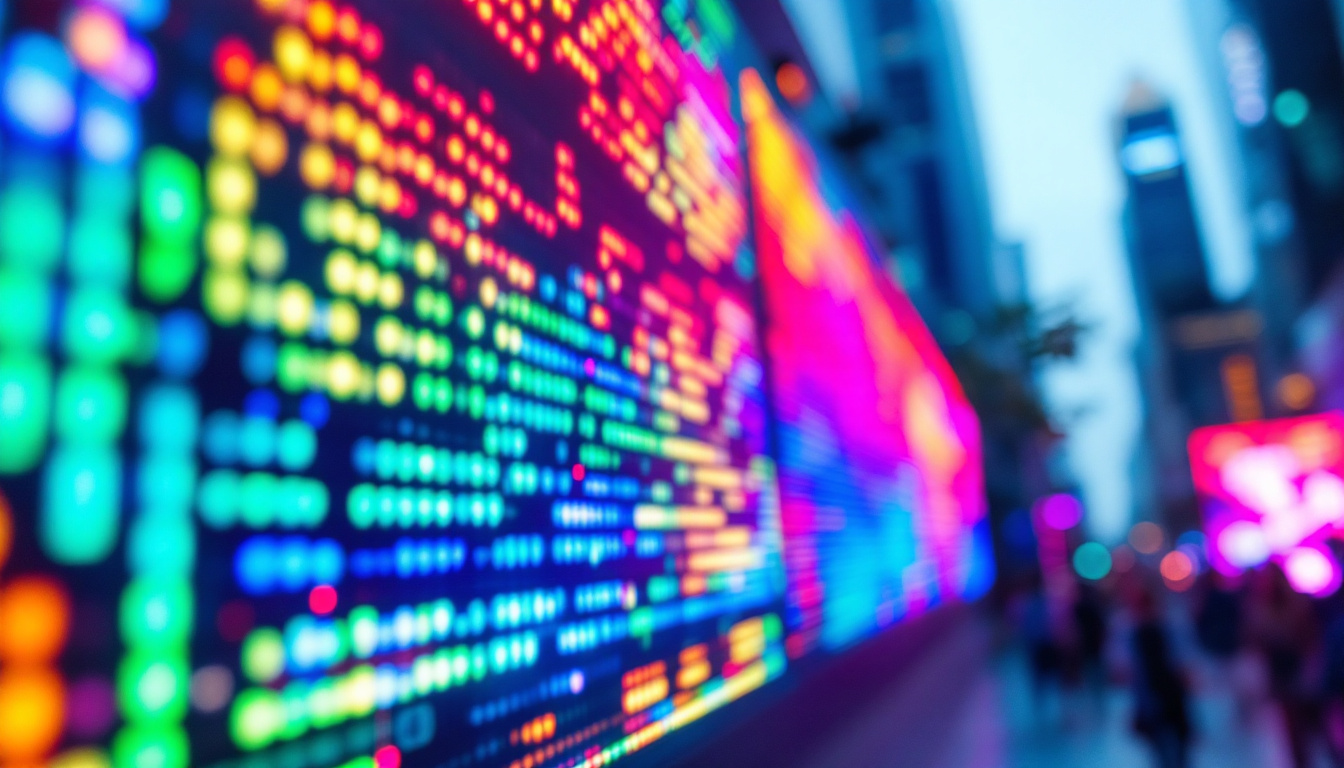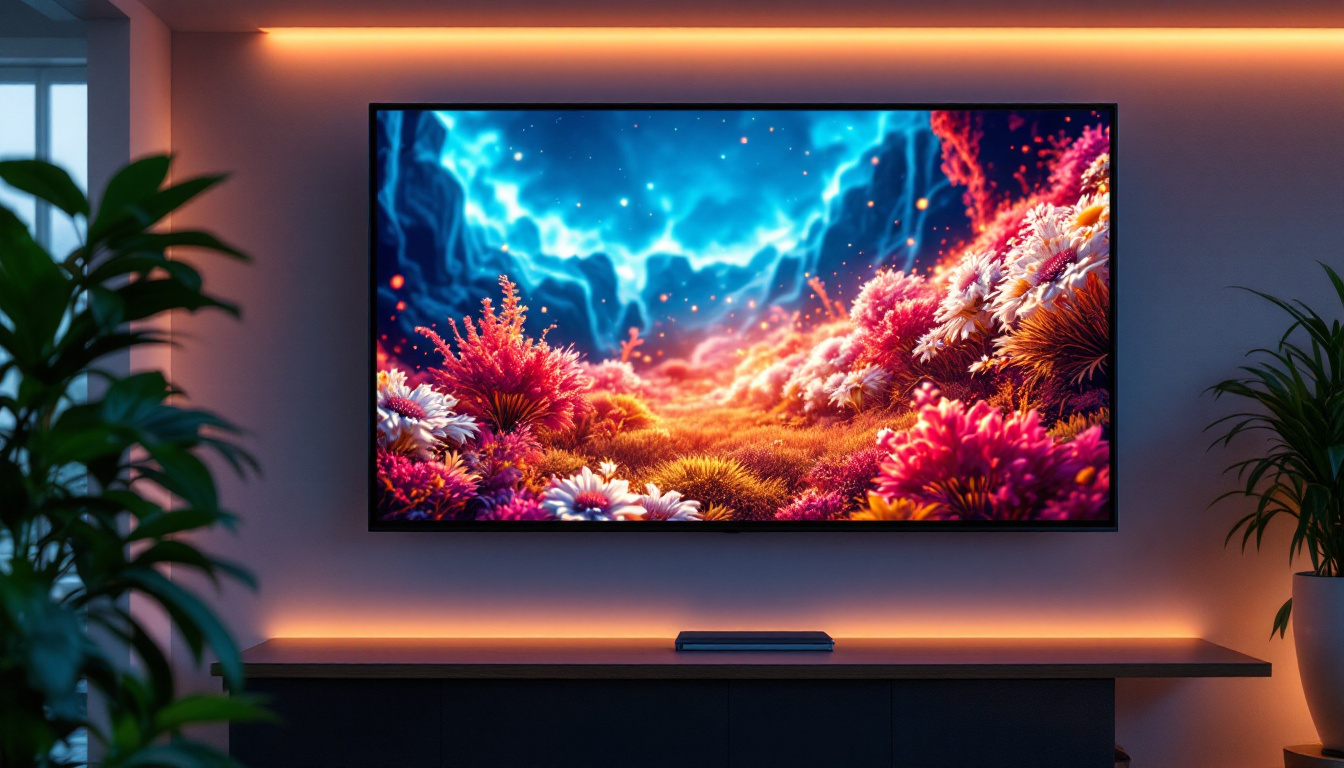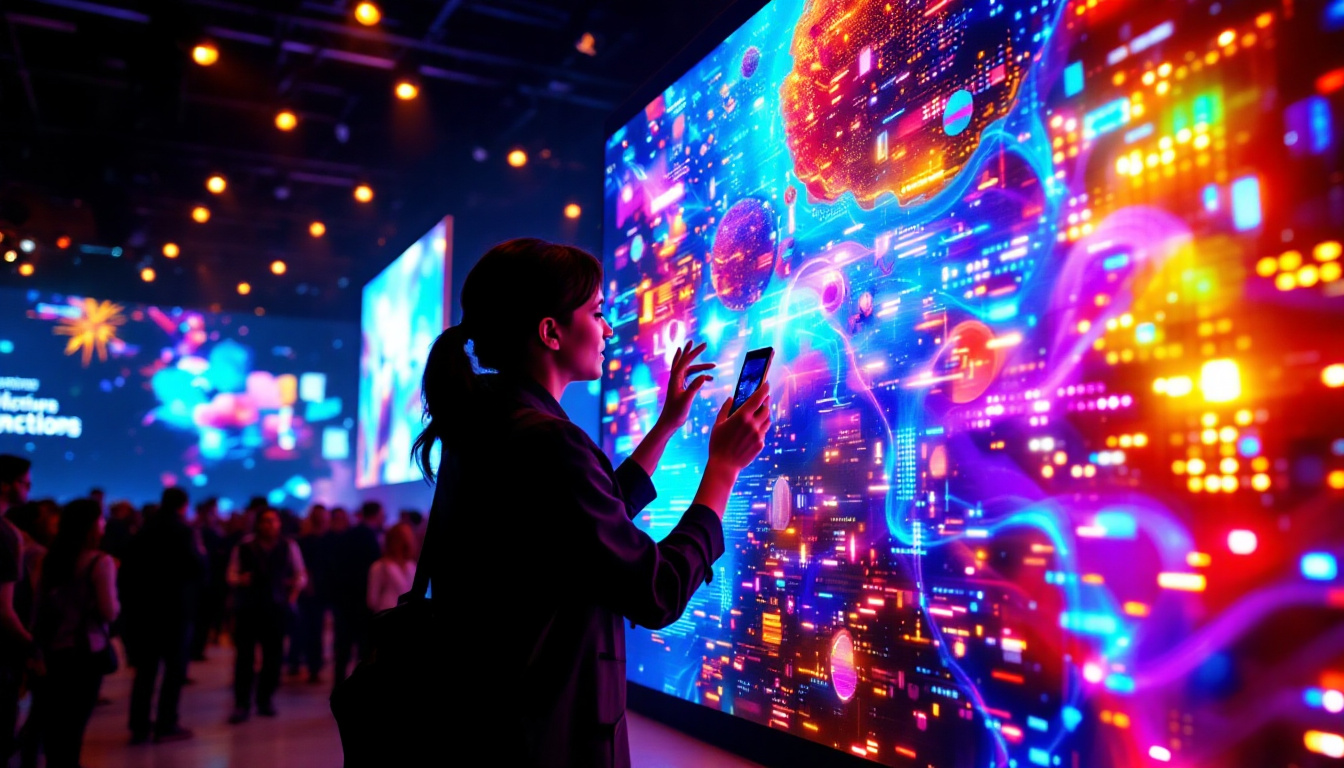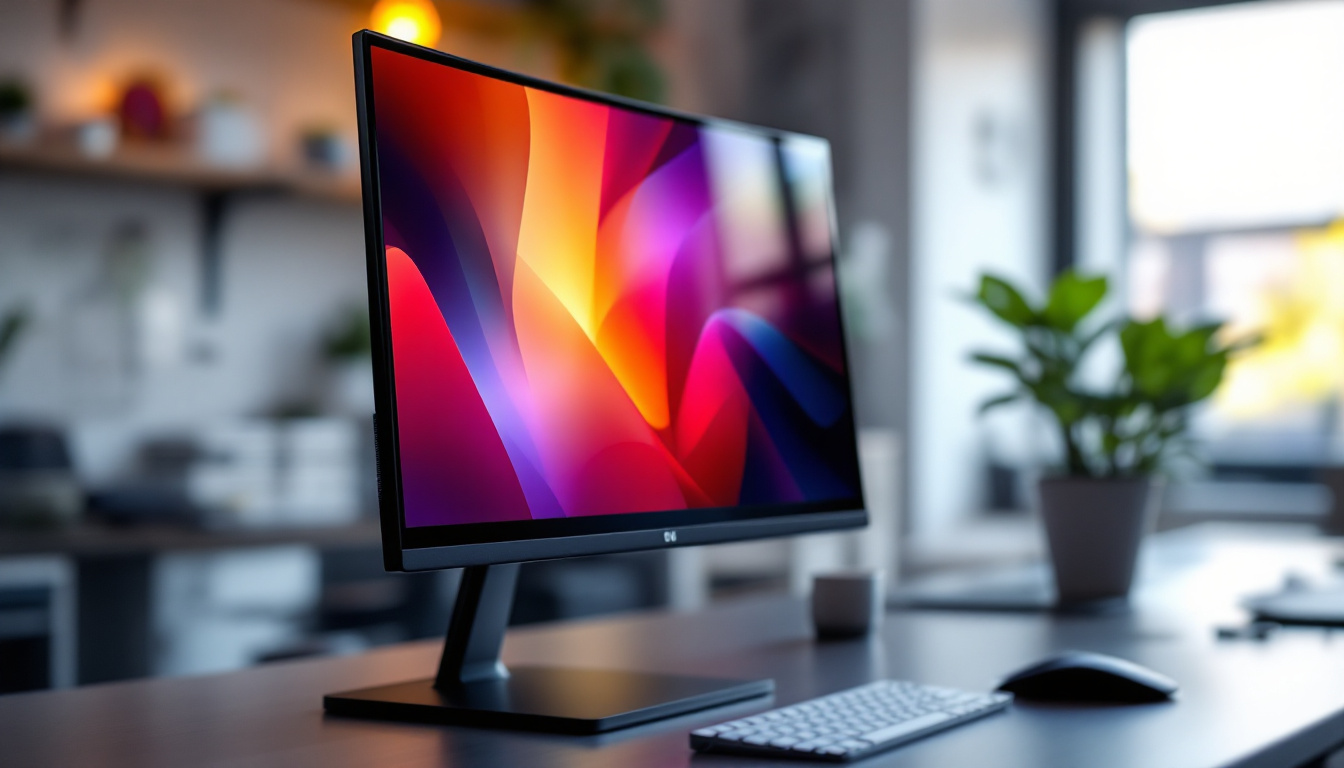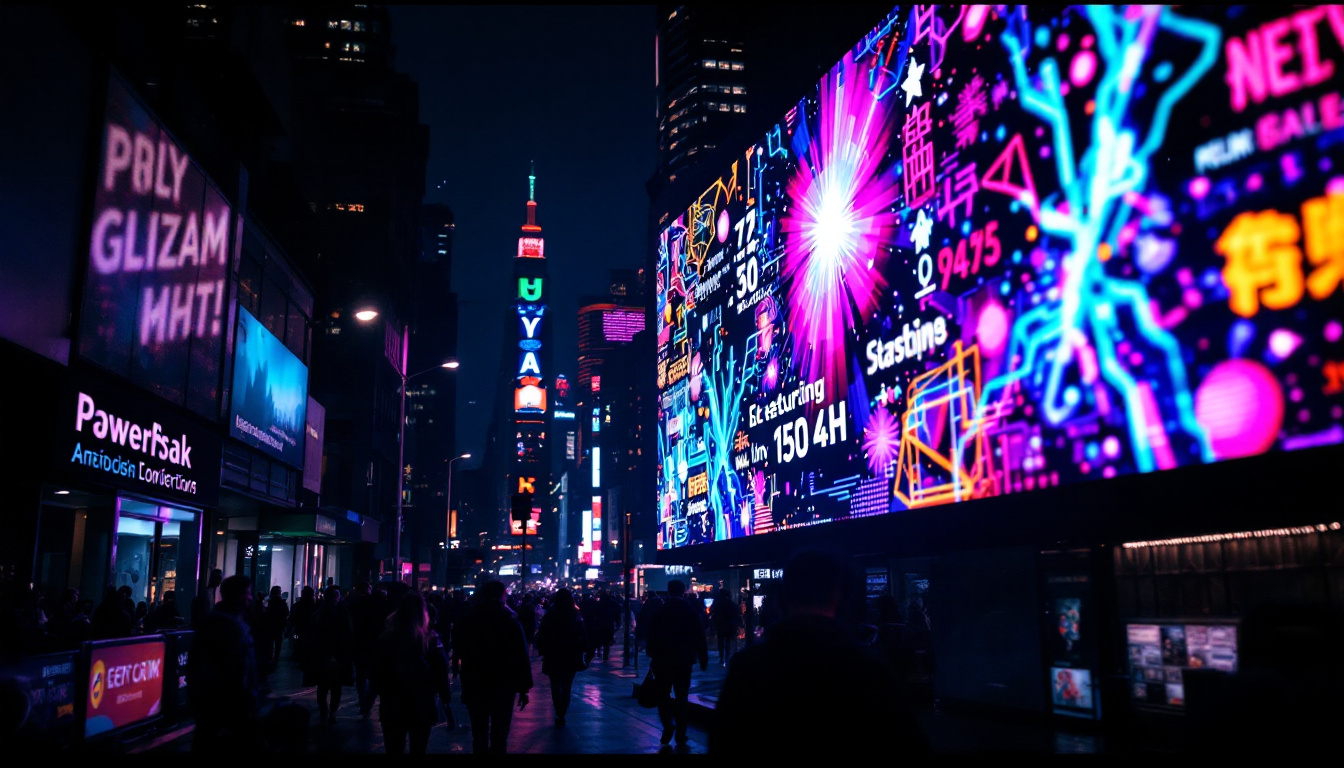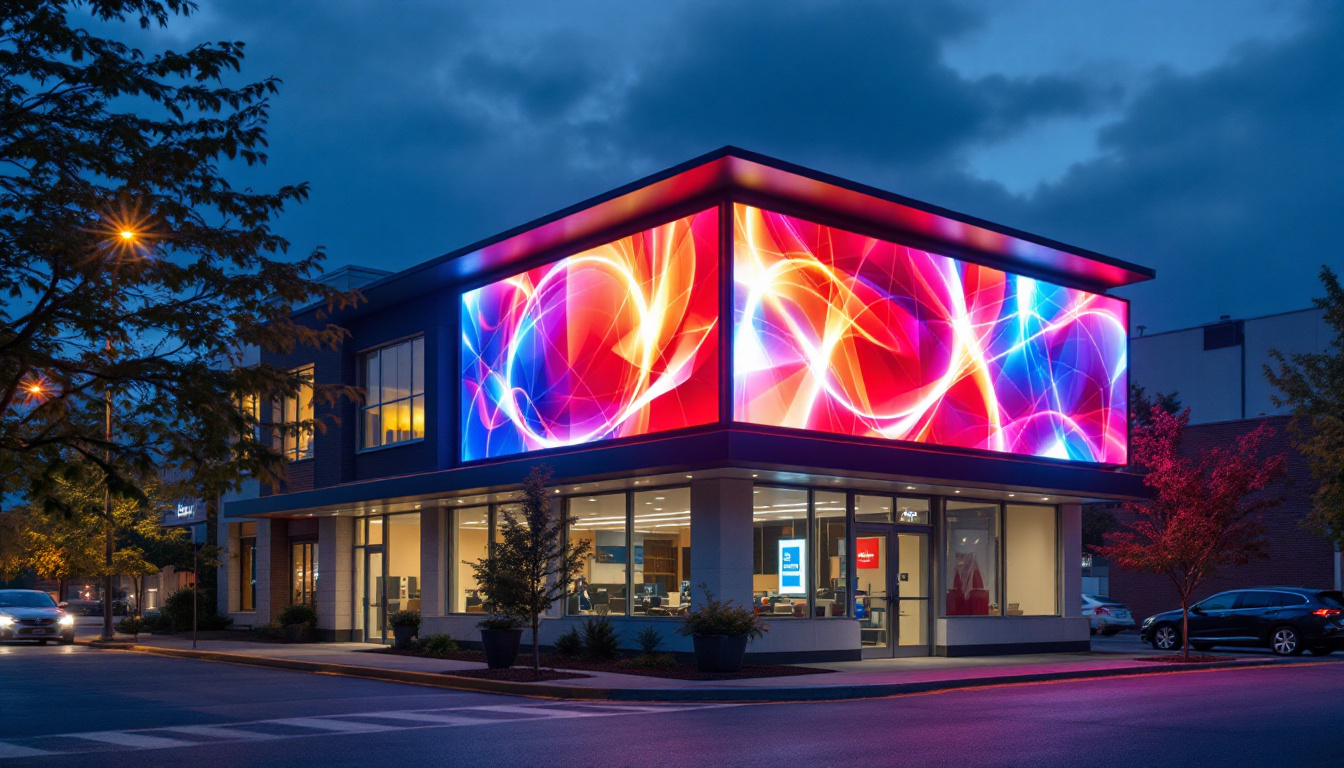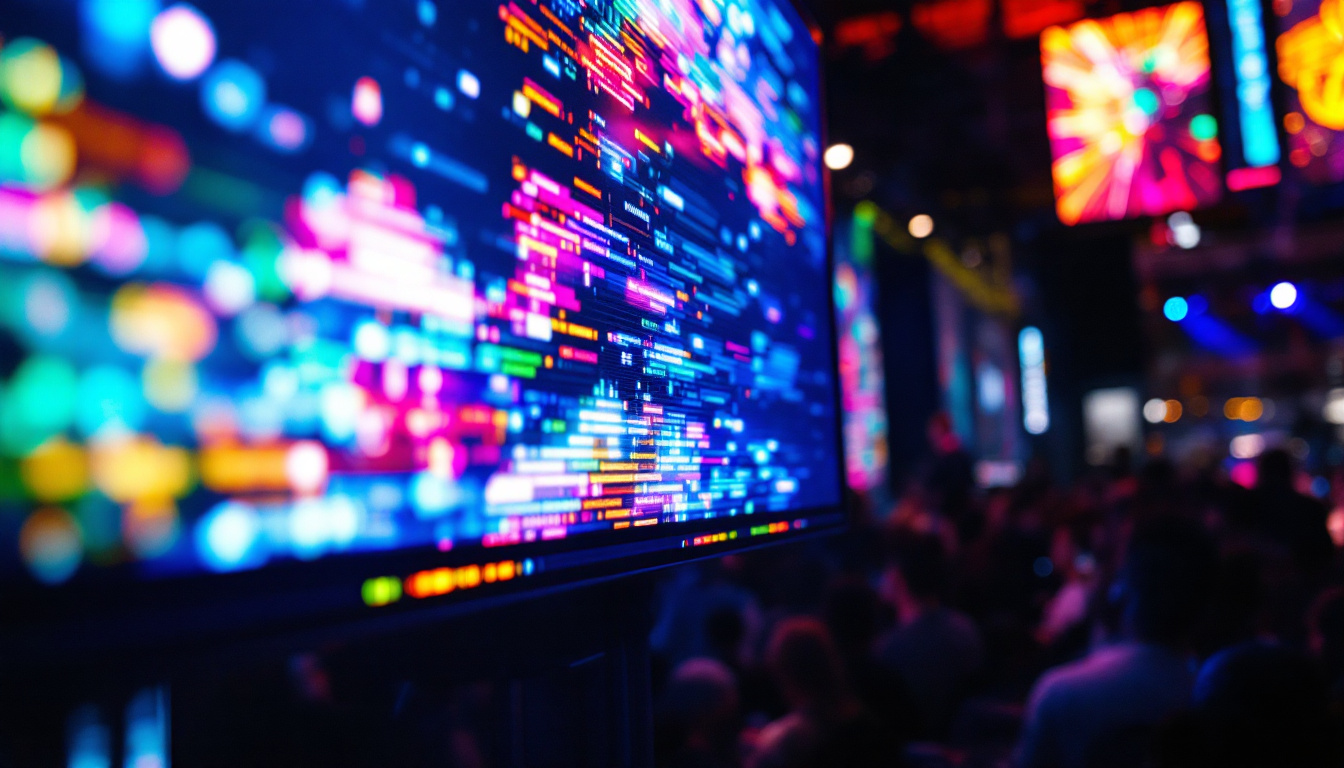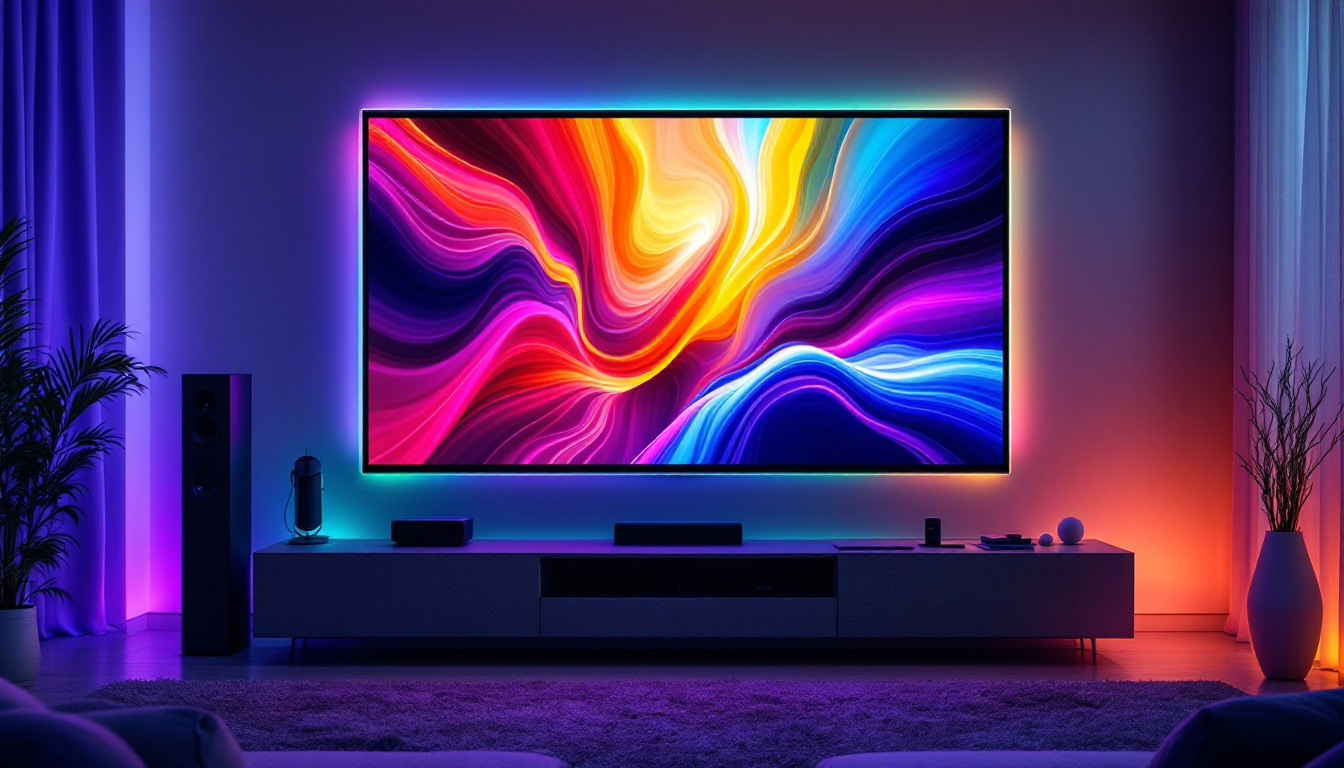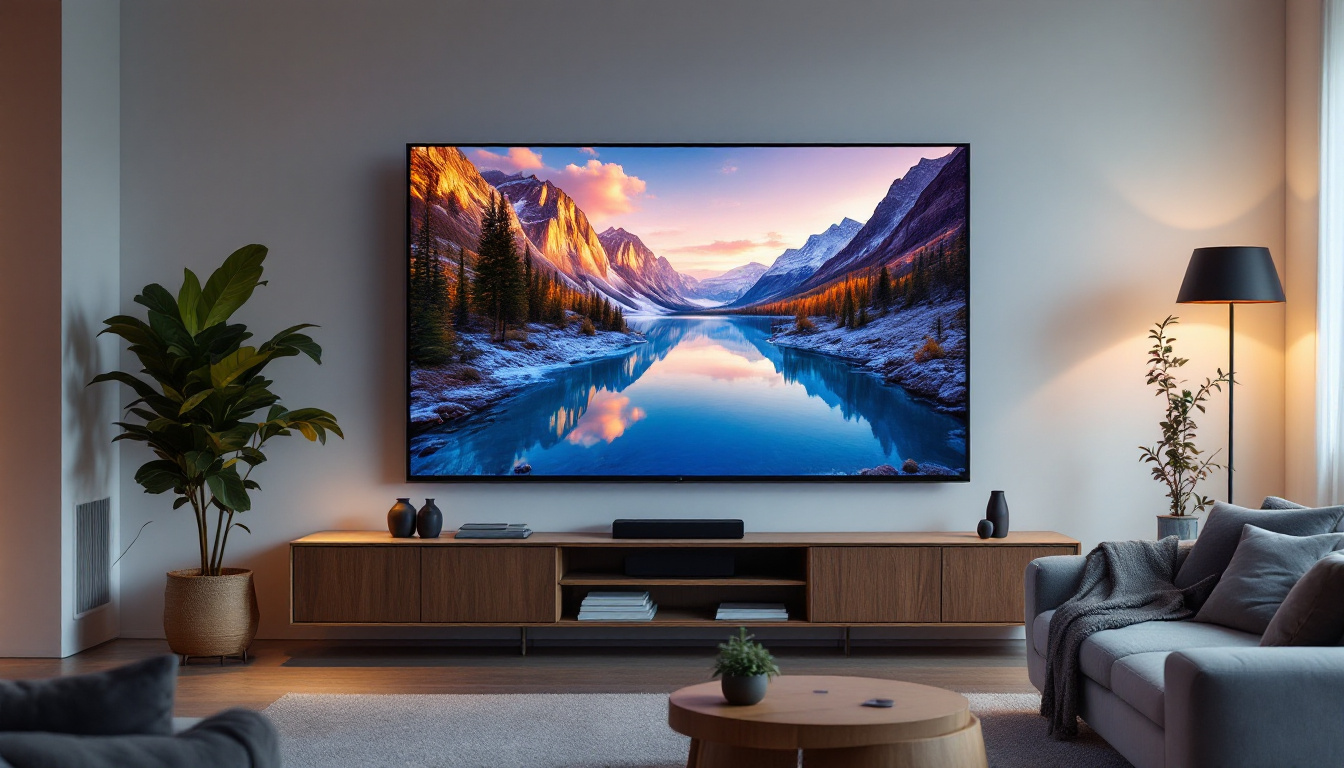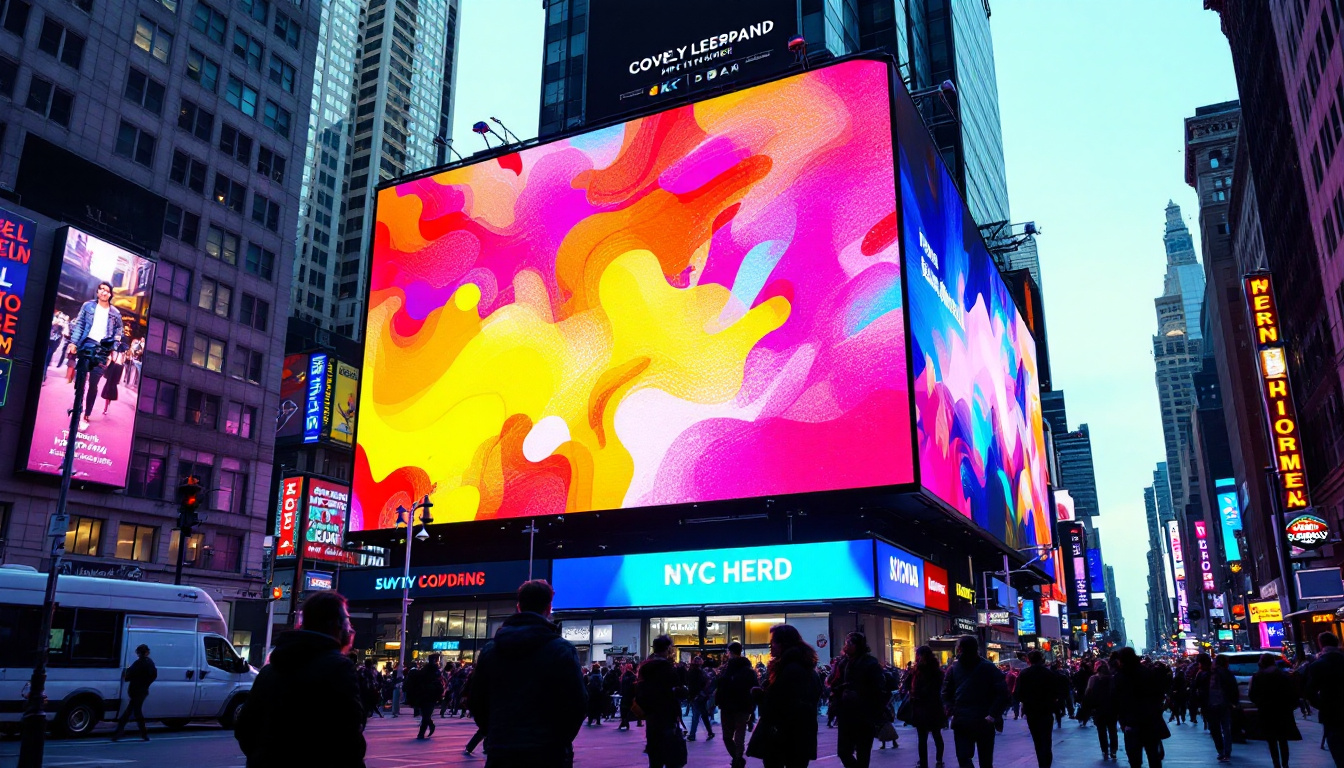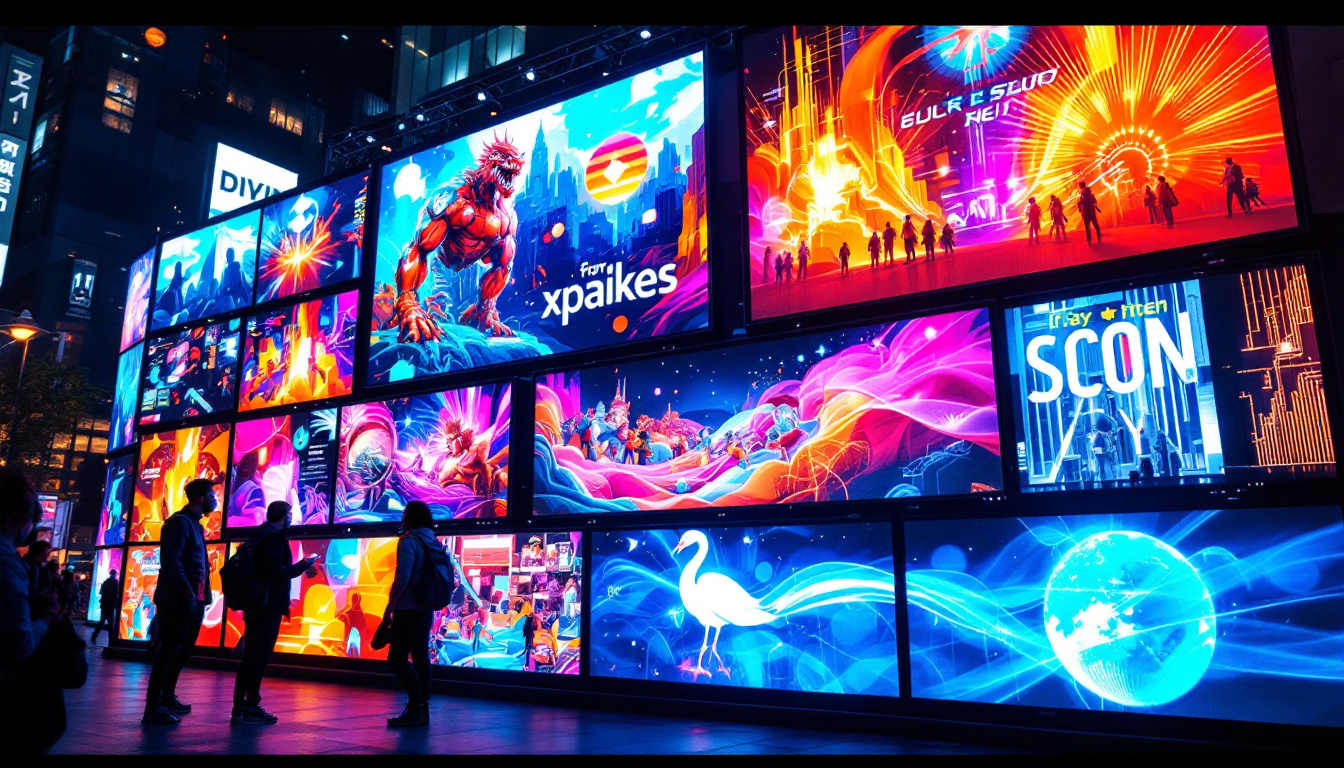In the rapidly evolving world of technology, big screen monitors have become a staple in both professional and personal environments. With their vibrant colors, sharp images, and large display areas, LED (Light Emitting Diode) monitors stand out as one of the most popular choices. This article delves into the intricacies of LED displays, exploring their technology, advantages, applications, and future trends.
Understanding LED Display Technology
LED displays are a type of flat panel display that utilizes light-emitting diodes to produce images. Unlike traditional LCD monitors that use fluorescent backlighting, LED displays offer a more energy-efficient and brighter alternative. The fundamental components of LED technology include the diodes themselves, which emit light when an electric current passes through them, and the display panel that houses these diodes. This technology has revolutionized the way we experience visual media, providing sharper images and more vivid colors than ever before.
Types of LED Displays
There are primarily two types of LED displays: edge-lit and full-array. Edge-lit LED displays have diodes placed along the edges of the screen, allowing for a thinner design. This setup helps in achieving a sleek profile but can sometimes result in uneven lighting across the screen. These displays are often found in consumer electronics like televisions and computer monitors, where aesthetics are a significant factor in purchasing decisions.
On the other hand, full-array LED displays feature a grid of diodes behind the entire screen. This configuration provides better control over brightness and contrast, leading to improved image quality. Full-array displays are often preferred for high-end applications, such as graphic design and professional video editing. Additionally, they are increasingly being used in commercial settings, such as digital signage and advertising, where vibrant and consistent color reproduction is crucial for capturing audience attention.
How LED Displays Work
The operation of LED displays revolves around the principles of light emission and color mixing. Each pixel on an LED screen is made up of red, green, and blue (RGB) sub-pixels. By adjusting the intensity of these sub-pixels, a wide range of colors can be produced. When combined, these colors create the images viewed on the screen. This RGB model allows for millions of color combinations, making LED displays capable of rendering detailed and lifelike images that enhance the viewer’s experience.
Moreover, advanced technologies like local dimming enhance the contrast ratio by selectively dimming or brightening specific areas of the screen. This results in deeper blacks and more vibrant colors, significantly improving the overall viewing experience. In addition to local dimming, some LED displays incorporate HDR (High Dynamic Range) technology, which further expands the color gamut and brightness levels. This means that viewers can enjoy a more dynamic range of colors and contrasts, making the visuals more immersive, especially in content that features both bright highlights and dark shadows. As a result, LED displays are becoming increasingly popular in various fields, from home entertainment systems to professional environments where color accuracy is paramount.
Advantages of LED Monitors
LED monitors come with a myriad of advantages that make them a preferred choice for many users. From energy efficiency to superior image quality, these displays have transformed how visual content is consumed.
Energy Efficiency
One of the most significant benefits of LED technology is its energy efficiency. LED displays consume less power compared to traditional LCDs, leading to lower electricity bills and a reduced carbon footprint. This is particularly advantageous for businesses that rely on multiple monitors for operations, as the long-term savings can be substantial. Additionally, many LED monitors feature adaptive brightness technology, which adjusts the screen’s brightness based on ambient light conditions, further enhancing energy savings and providing a more comfortable viewing experience.
Enhanced Image Quality
LED monitors are renowned for their impressive image quality. The ability to produce brighter images with better contrast makes them ideal for various applications, from gaming to graphic design. The color accuracy and vibrancy of LED displays ensure that users experience visuals as intended by the creators. Furthermore, many LED monitors support high dynamic range (HDR) content, allowing for a wider range of colors and improved detail in both the brightest and darkest areas of an image. This feature is particularly beneficial for photographers and videographers who require precise color representation in their work.
Longevity and Durability
LED displays also boast a longer lifespan compared to traditional monitors. With proper care, an LED monitor can last up to 50,000 hours or more. This durability translates to less frequent replacements, making them a cost-effective investment in the long run. Moreover, the solid-state technology used in LED displays is less susceptible to damage from shocks and vibrations, making them a reliable choice for environments where equipment may be subject to movement or jostling. This resilience is especially valuable in educational settings or workplaces where monitors are frequently moved or adjusted.
Reduced Eye Strain
Another notable advantage of LED monitors is their ability to reduce eye strain. Many modern LED displays come equipped with features such as flicker-free technology and blue light filters, which help minimize the discomfort associated with prolonged screen time. By reducing flicker, these monitors provide a more stable image, which can lessen fatigue during extended use. Additionally, the ability to adjust color temperature settings allows users to customize their viewing experience, making it easier on the eyes, particularly in low-light environments.
Environmental Impact
In addition to their energy efficiency, LED monitors are often constructed with environmentally friendly materials and are free from harmful substances such as mercury, which is commonly found in older display technologies. This makes them a more sustainable choice for consumers who are conscious of their environmental impact. Many manufacturers also implement recycling programs for old monitors, further promoting eco-friendly practices. As the demand for sustainable technology grows, LED monitors stand out as a responsible option for both individuals and businesses looking to reduce their ecological footprint.
Applications of Big Screen LED Monitors
The versatility of big screen LED monitors allows them to be utilized in various settings, from corporate offices to home theaters. Their ability to deliver high-quality visuals makes them suitable for a wide range of applications.
Corporate Use
In the corporate world, big screen monitors are often used for presentations, video conferencing, and collaborative work. The clarity and size of the display ensure that all participants can view content easily, enhancing communication and productivity. Additionally, many businesses leverage LED monitors for digital signage, displaying important information or advertisements in a visually appealing manner.
Entertainment and Gaming
For entertainment enthusiasts, big screen LED monitors provide an immersive viewing experience. Whether watching movies or playing video games, the vibrant colors and sharp images enhance the overall enjoyment. Many gamers prefer LED monitors due to their fast response times and high refresh rates, which contribute to smoother gameplay and reduced motion blur.
Education and Training
In educational settings, big screen LED monitors are becoming increasingly popular for teaching and training purposes. They can be used to display instructional videos, presentations, and interactive content, making learning more engaging for students. The large screen size ensures that all students in a classroom can see the material clearly, fostering a better learning environment.
Future Trends in LED Display Technology
The future of LED display technology is promising, with ongoing advancements that are set to revolutionize the industry. As technology continues to evolve, several trends are emerging that will shape the future of big screen monitors.
MicroLED Technology
One of the most exciting developments in LED technology is MicroLED. This innovative approach utilizes microscopic LEDs to create displays that offer superior brightness, contrast, and color accuracy. MicroLED displays are modular, allowing for customized sizes and shapes, which opens up new possibilities for creative installations.
Flexible and Transparent Displays
Another trend gaining traction is the development of flexible and transparent LED displays. These displays can be bent or shaped to fit various environments, making them ideal for unique applications, such as curved walls or interactive surfaces. Transparent displays also offer exciting opportunities for advertising and information sharing in retail spaces.
Integration with Smart Technology
As the world becomes increasingly connected, the integration of LED displays with smart technology is on the rise. Future monitors may feature built-in connectivity options, allowing users to access content directly from the cloud or stream from various devices seamlessly. This integration will enhance user experience and streamline workflows across different applications.
Choosing the Right Big Screen Monitor
With numerous options available in the market, selecting the right big screen LED monitor can be a daunting task. Several factors should be considered to ensure that the chosen monitor meets specific needs and preferences.
Screen Size and Resolution
The first consideration when choosing a big screen monitor is the size and resolution. Larger screens provide a more immersive experience, but the resolution must also be taken into account. Higher resolutions, such as 4K or even 8K, offer sharper images and more detail, making them ideal for professional applications where clarity is paramount.
Refresh Rate and Response Time
For gaming and fast-paced content, the refresh rate and response time are crucial. A higher refresh rate (e.g., 120Hz or 144Hz) ensures smoother motion, while a lower response time minimizes motion blur. These specifications are particularly important for gamers who require quick reactions and fluid visuals.
Connectivity Options
Lastly, consider the connectivity options available on the monitor. Modern monitors should offer a variety of ports, including HDMI, DisplayPort, and USB-C, to accommodate different devices. Additionally, built-in wireless capabilities can enhance convenience by allowing users to connect without cables.
Conclusion
Big screen LED monitors have transformed the way visual content is experienced across various sectors. Their advanced technology, energy efficiency, and superior image quality make them a popular choice for both personal and professional use. As technology continues to advance, the future of LED displays looks bright, with innovations such as MicroLED and flexible displays on the horizon.
When selecting a big screen monitor, understanding the different types, advantages, and applications is essential. By considering factors such as screen size, resolution, refresh rate, and connectivity, users can make informed decisions that enhance their viewing experience. As the demand for high-quality displays continues to grow, LED technology will undoubtedly remain at the forefront of the display industry.
Discover the Future of Visual Experience with LumenMatrix
Ready to elevate your visual experience with the latest in LED display technology? LumenMatrix is at the forefront of innovation, offering a diverse range of LED display solutions tailored to your needs. From captivating Indoor LED Wall Displays to dynamic Outdoor LED Wall Displays, and from versatile Vehicle LED Displays to sleek LED Poster Displays, our products are designed to make your brand stand out. Embrace the future with our LED Sports Displays, interactive Floor LED Displays, and the revolutionary All-in-One LED Display. Experience the difference with LumenMatrix and transform your space into a vibrant hub of engagement. Check out LumenMatrix LED Display Solutions today and join the visual revolution!


